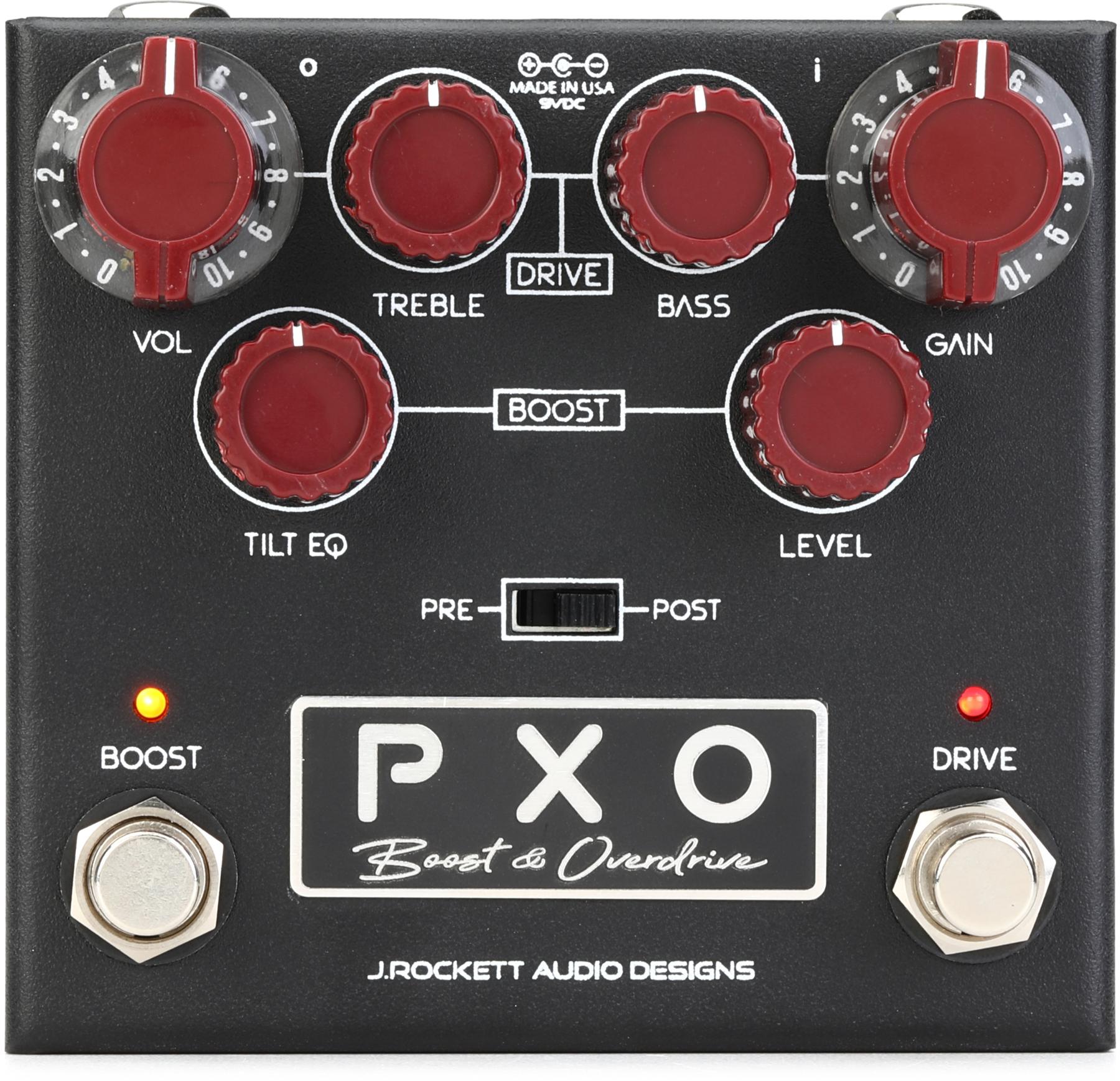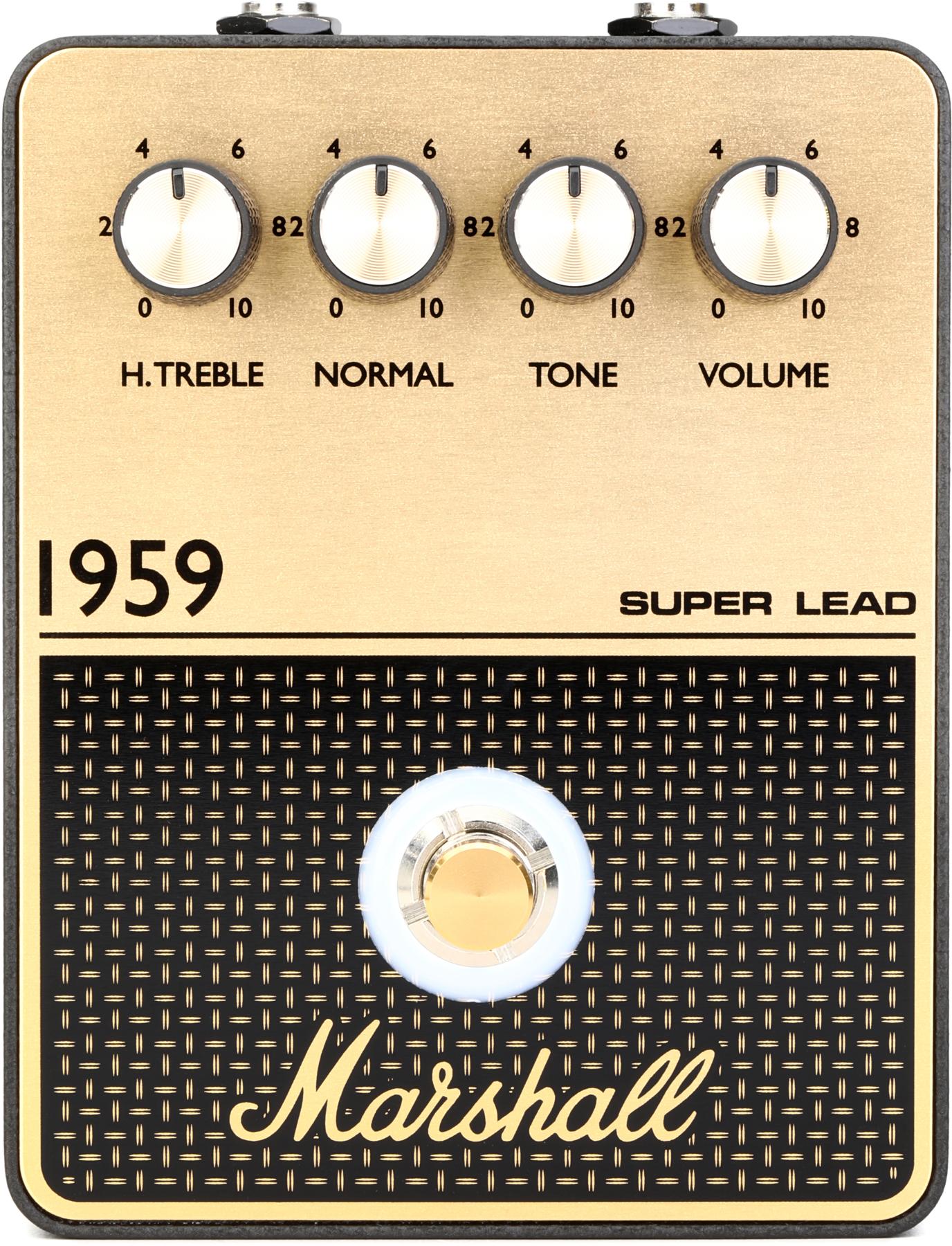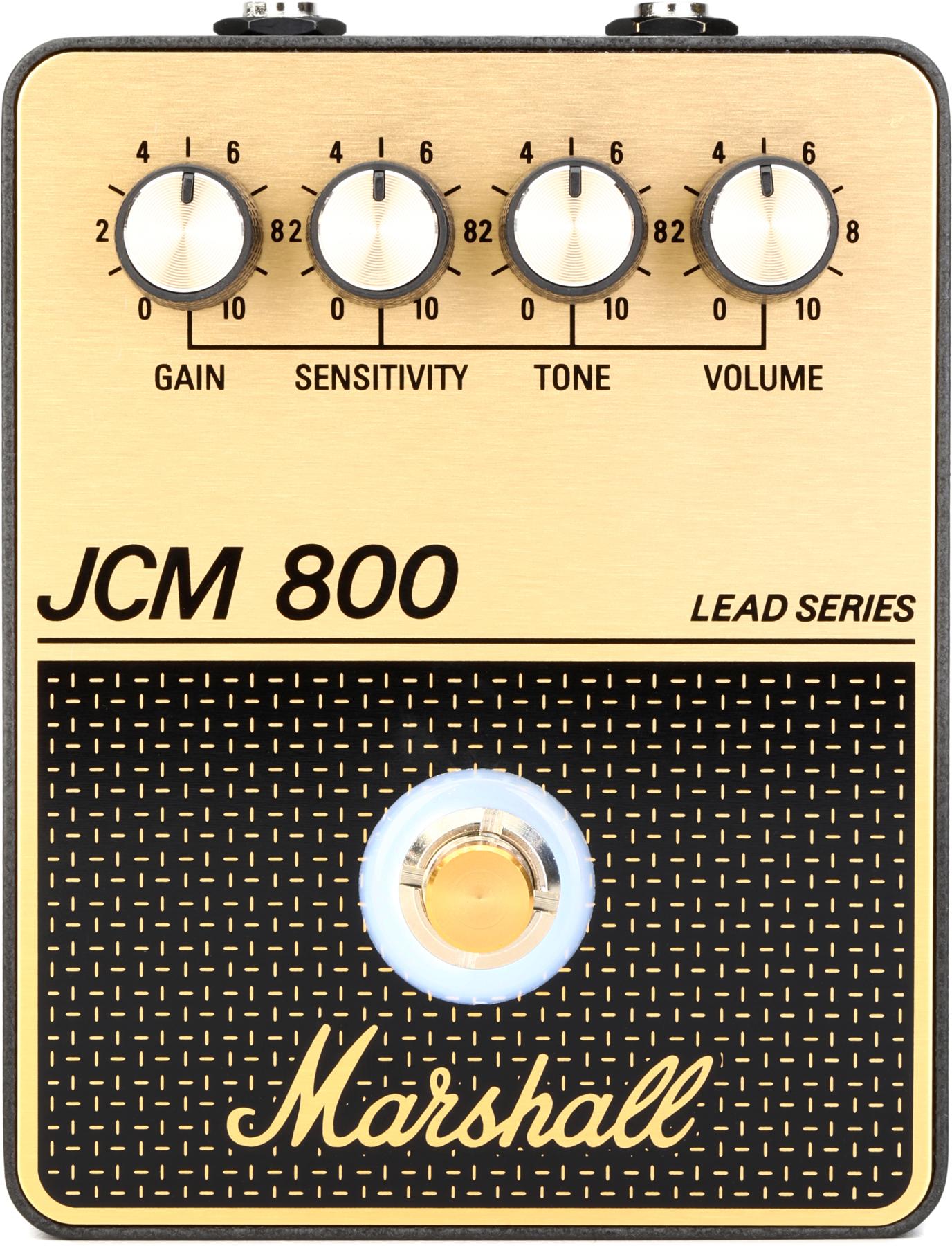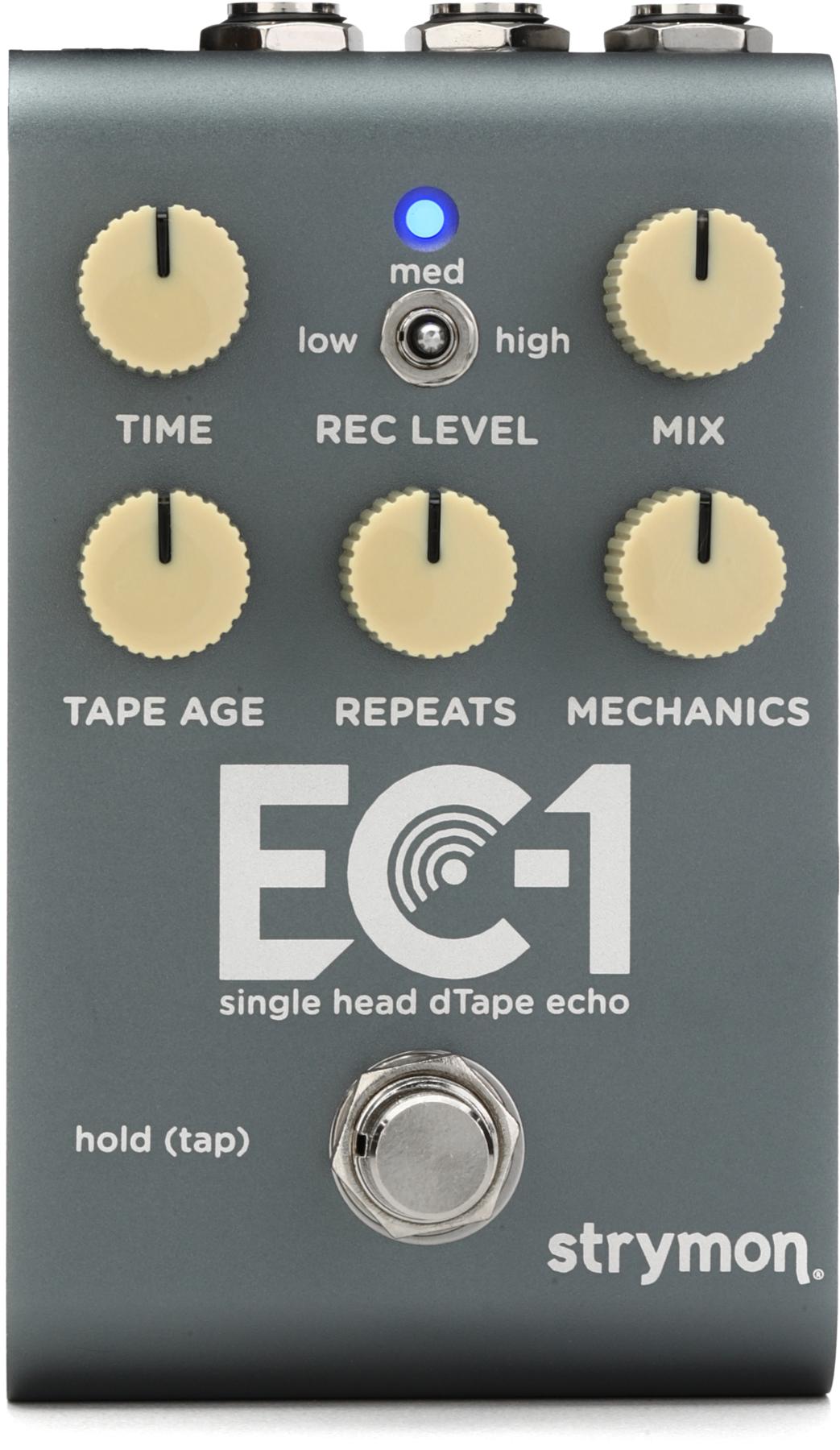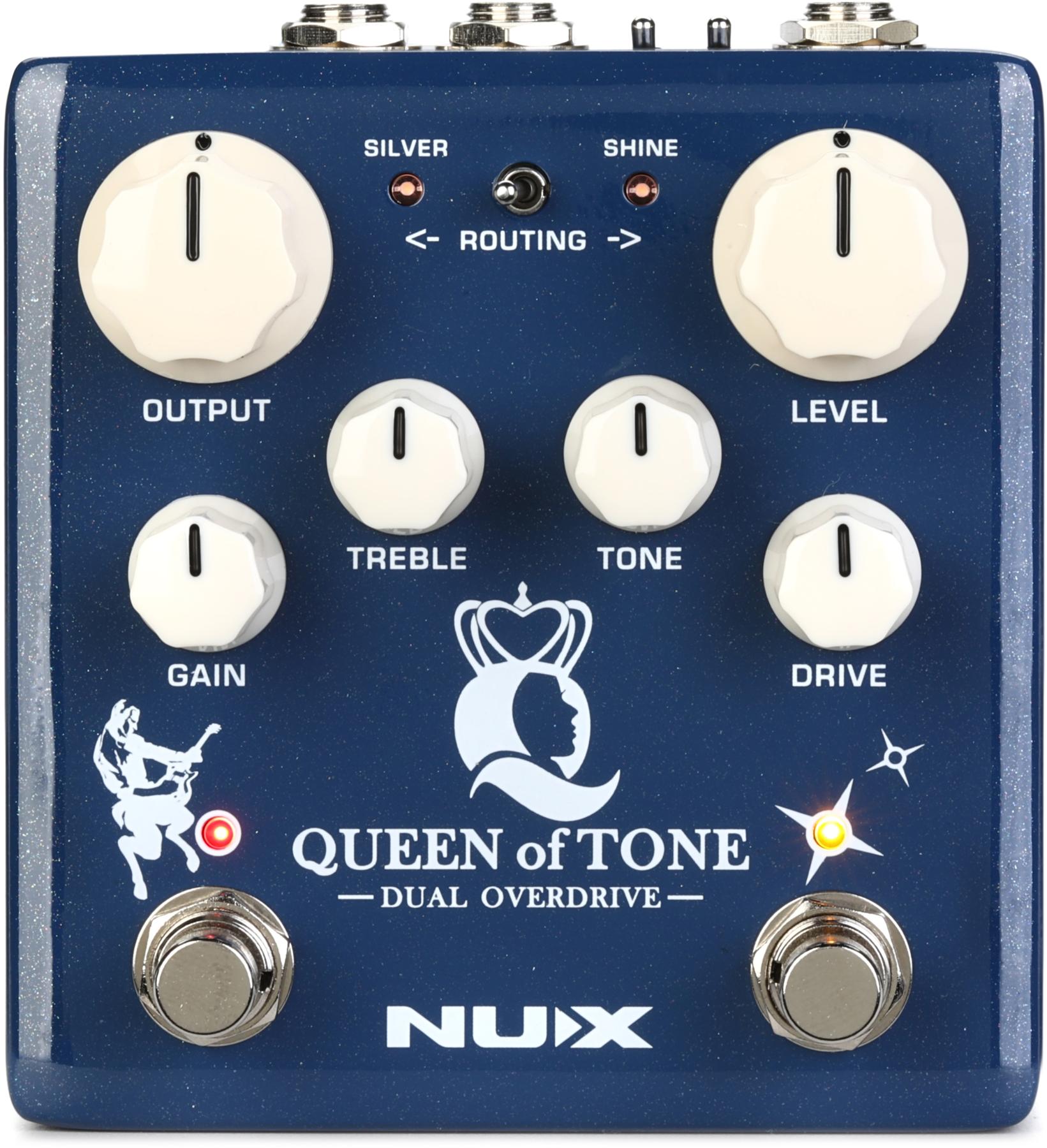Warm Audio’s existence is a gift to vintage- and analog-fixated musicians with modest budgets. Their products range from very affordable homages to legendary studio equipment, like the Universal Audio LA-2A compressor and the Neumann U67 microphone, to rare and expensive vintage stompboxes. Given their affinity for replicating such treasures in the aesthetic and functional realms, it’s little surprise they built a tribute to the Mu-Tron Phasor II. Original Mu-Tron effects were candy for the eyes and ears. They were brilliant designs inside and out. And creator Mike Beigel and his team always made certain their products offered unique, deeper, and different sounds and functionality. The fruits of Mu-Tron’s efforts to create a stand-out phaser live on in the Mutation Phasor II, which is a beautiful, enveloping work of modulation machinery.
Optical Feast
Warm Audio loves honoring the design and aesthetics of their inspirations, and that ethos is on display in the Mutation Phasor II. The knobs are identical to the Mu-Tron’s. The beautiful orange/red/purple fields that differentiate each control are the same, too. Even the bent-aluminum enclosure is a dead ringer down to the position of the screws that hold the enclosure together. The Mutation is pretty on the inside as well. The optical circuit (the modulation intensity and rate are controlled by a light source and a photosensitive resistor) is tidy for a pedal in this price range. Components are soldered to the through-hole board and the input and output jacks are mounted to the enclosure. On the whole it looks an easy pedal to service should something go amiss. Warm Audio’s knack for authenticity even extends to the ability to power the pedal with a 9-volt battery, though you’ll have to undo eight screws to get to it. So, if you think you might be running low on juice, best to get at the battery well in advance of your show.
Luxuriating in the Swirl
The Mutation’s controls are simple. But each has a sensitivity and range that make the Mutation a delight to use and fine- tune—an experience that is compounded by the beautiful, spacious, ergonomic, period-correct layout. (Production and synth artists take note: This is a lovely piece of gear to work with on a desktop).
My affinity for glacially unfolding dreamy guitar music and ambient textures means I appreciate a phaser that feels full at its slowest rates. The Mutation’s 6-stage voice excels in these lazy cycles—sounding warm but nearly subliminal at very low depth and feedback levels. You don’t have to push the rate too far past its slowest rate, though, before the characteristic and intoxicating throbbiness of the optical circuit feels more pronounced. You’ll also notice that rates you’ll find at about 10 o’clock on a Phase 90 or Small Stone come on as early as 1 ½ or 2 on the Mutation’s rate dial. By 3 or 4, the Mutation’s phases become as percussive as they are syrupy, though these sounds can be softened by the sensitive depth and feedback dials, lending some of the flavor of a Magnatone amp’s wobbly vibrato or, more convincingly, a rotary speaker. In general, the Mutation rate knob favors more fluttering, fast modulation phases. That is no bad thing, and it’s a kick to work with the pedal’s fastest rates, which range to metallic hummingbird-wing flutter. Traditional rock players might not have much need for these sounds, but players that relish unusual, clashing tone colors and enjoy arranging songs around them will love its capacity to have it both ways.
The depth control is similarly rangeful. The most modest settings background the phase at sweet, just-barely-perceptible levels, while deeper settings are super elastic. It’s the feedback control, however, (which was a rarity on ’70s phasers) that really extends the Mutation’s flexibility. At lower depth settings it can alter the EQ profile of a phase—emphasizing metallic high-mid content or making room for more rubbery low-frequency tones. At higher depth settings, it makes the pedal sound more vocal, adding more extreme “wow” and wobble that hints of vintage analog oddities like the Ludwig Phase II.
The Verdict
For many players, the joy of vintage-style phasers is their boneheaded, 1-knob simplicity. But there are so many beautiful textures to be found in the interrelationships between the Mutation’s three rangeful, sensitive controls and its very vintage analog voice. When you consider the price, quality, and practical beauty of this device, it’s easy to be tempted by its charms.













